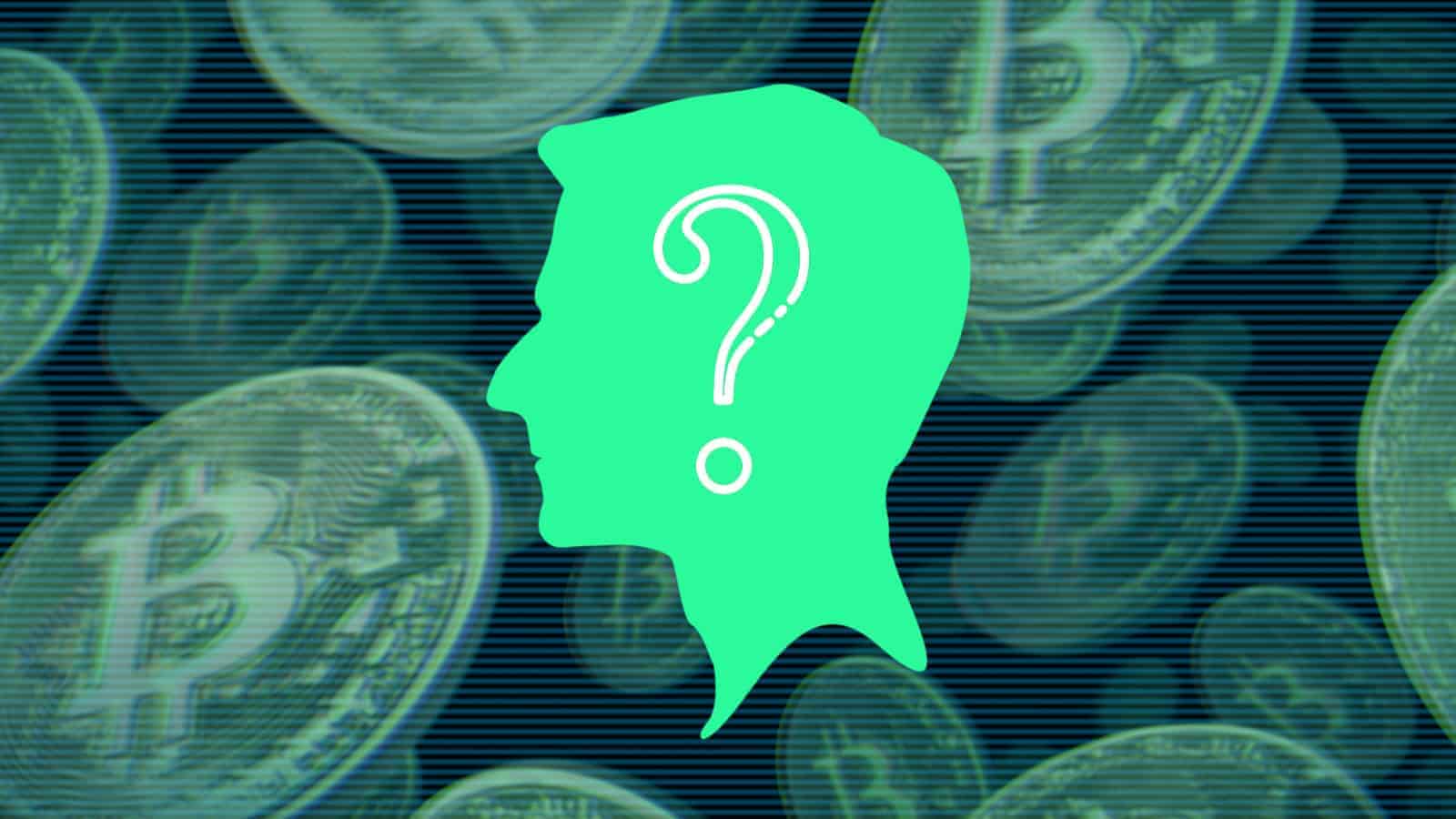Who is Satoshi Nakamoto? It’s a riddle, wrapped up in a mystery, inside an enigma. But, as Churchill said when he coined that phrase apropos of Russia’s military strategy, “perhaps there is a key.” And the key, in this case, is the public key left indelibly behind at the origin of the Bitcoin (BTC) blockchain, the public, distributed ledger that holds every Bitcoin transaction ever since. Any search for the identity of the person behind the name Satoshi Nakamoto worth its while should begin there. And that’s where ours begins, at the origin, when the name Satoshi Nakamoto surged into global consciousness as the author of the ingenious whitepaper explaining the concept for a new form of money: cryptocurrency.
Satoshi Nakamoto, the Inventor of Bitcoin
For many, the name Satoshi Nakamoto represents an idea more than a flesh-and-blood human being. And that idea is the revolutionary one of decentralized, digital currency—a.k.a cryptocurrency. Whoever Nakamoto is, the fact remains that their name is on the author line of the now-historic whitepaper that introduced the world to cryptocurrency in 2008. That year, Nakamoto published what is arguably one of the most important documents of the twenty-first century, laying out how their invention, Bitcoin, works.
In addition to Bitcoin, Nakamoto also devised the first blockchain database. But what is blockchain? This new technology makes it possible for parties who neither know nor trust each other to build a shared ledger. Doing so, Nakamoto solved the seemingly insurmountable problem facing digital money at that point: double spending.
According to most reports, the last the world has heard from Nakamoto was an email from April 2011. That was less than three years after Nakamoto went public with his Bitcoin whitepaper. Satoshi sent the email to Gavin Andresen, a software developer living in Massachusetts.
The email is short. But it reveals something about Satoshi Nakamoto’s personality. “I wish you wouldn’t keep talking about me as a mysterious shadowy figure, the press just turns that into a pirate currency angle,” Nakamoto writes. “Maybe instead make it about the open source project and give more credit to your dev [developer] contributors; it helps motivate them.”
Why Does It Matter Who Satoshi Nakamoto Is?
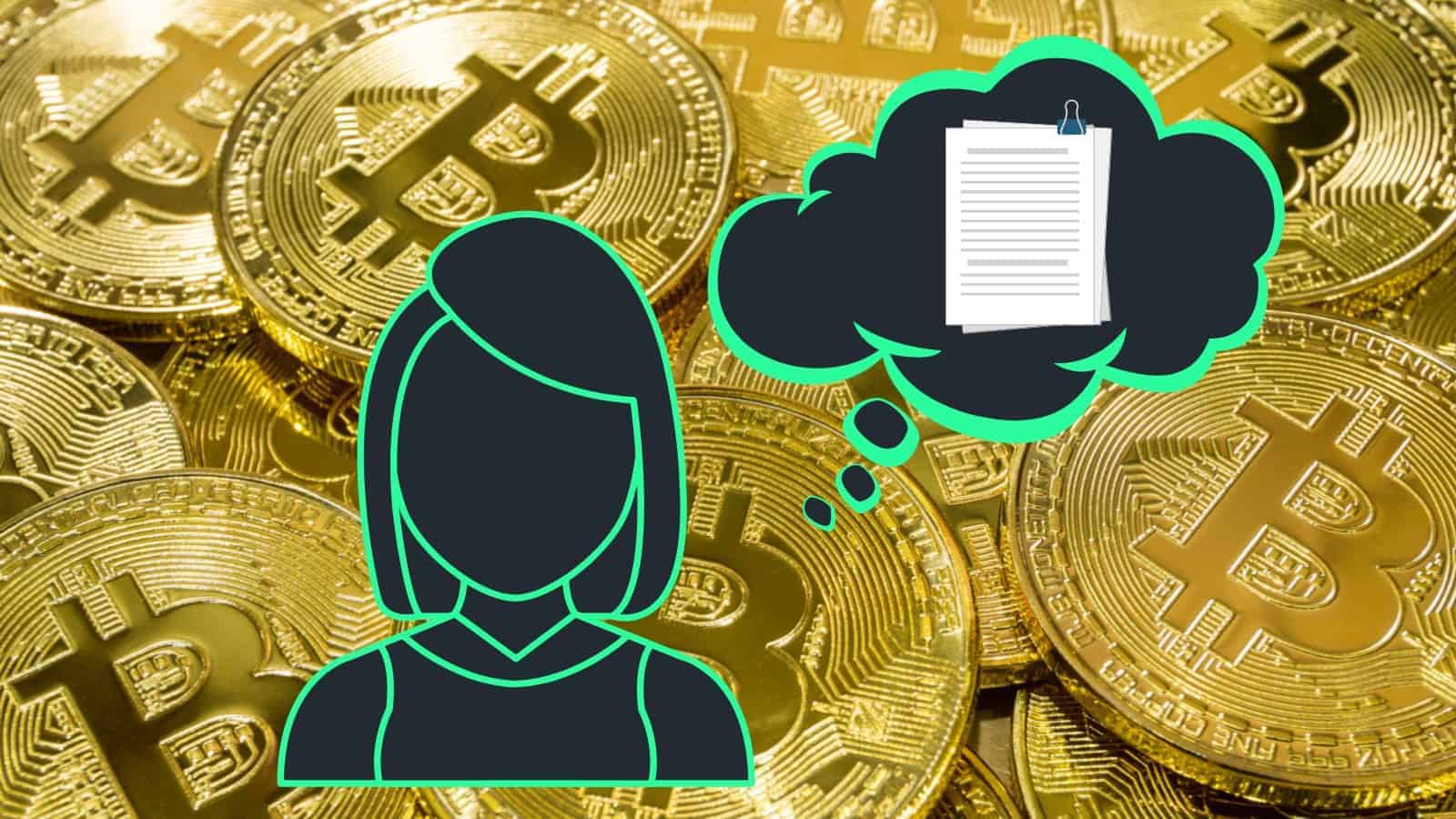
Is Bitcoin a fad or is the start of a new digital revolution?
Judging from that last email, the last known and verified correspondence from Satoshi Nakamoto, the Bitcoin inventor, wasn’t interested in the fame or glory they could have undoubtedly enjoyed. Nor did they remain an Oz-like figure for the sake of generating mystique or allure.
From start to finish, Nakamoto made it clear that the idea of digital currency is grounded in the democratic principle of open, peer-to-peer collaboration. Bitcoin, Nakamoto seems to tell us, is about the people who use it and develop it, fork it and transform it. Not its creator.
So in one way, it seems the last person on earth who would be interested in answering the question, who is Satoshi Nakamoto? — is Nakamoto himself, herself, or themselves.
But human curiosity makes it all but impossible not to want to know. To know who created this thing that we all are so convinced will change the world forever. It would be like not knowing who placed the sun in the center of our solar system (Copernicus), who put the power of the printed word into the hands of the masses (Gutenberg) or who split the first atomic nucleus (Meitner and Frisch).
No One Truly Knows Who Satoshi Nakamoto Really Is
But the truth, despite what you may hear, is that we have no idea who Satoshi Nakamoto is.
If it’s one person or a thousand people. Or how they identify, where they’re from, and where they are now. That doesn’t mean, however, that there aren’t better and worse hypotheses, more or less convincing evidence. And in that yawning chasm of knowledge about Nakamoto, conspiracy theory after conspiracy theory has rushed to fill the void.
So who is Satoshi Nakamoto? Here’s a rundown of the best answers, i.e. theories, out there right now.
Biggest Bitcoin Conspiracy Theories About Satoshi Nakamoto
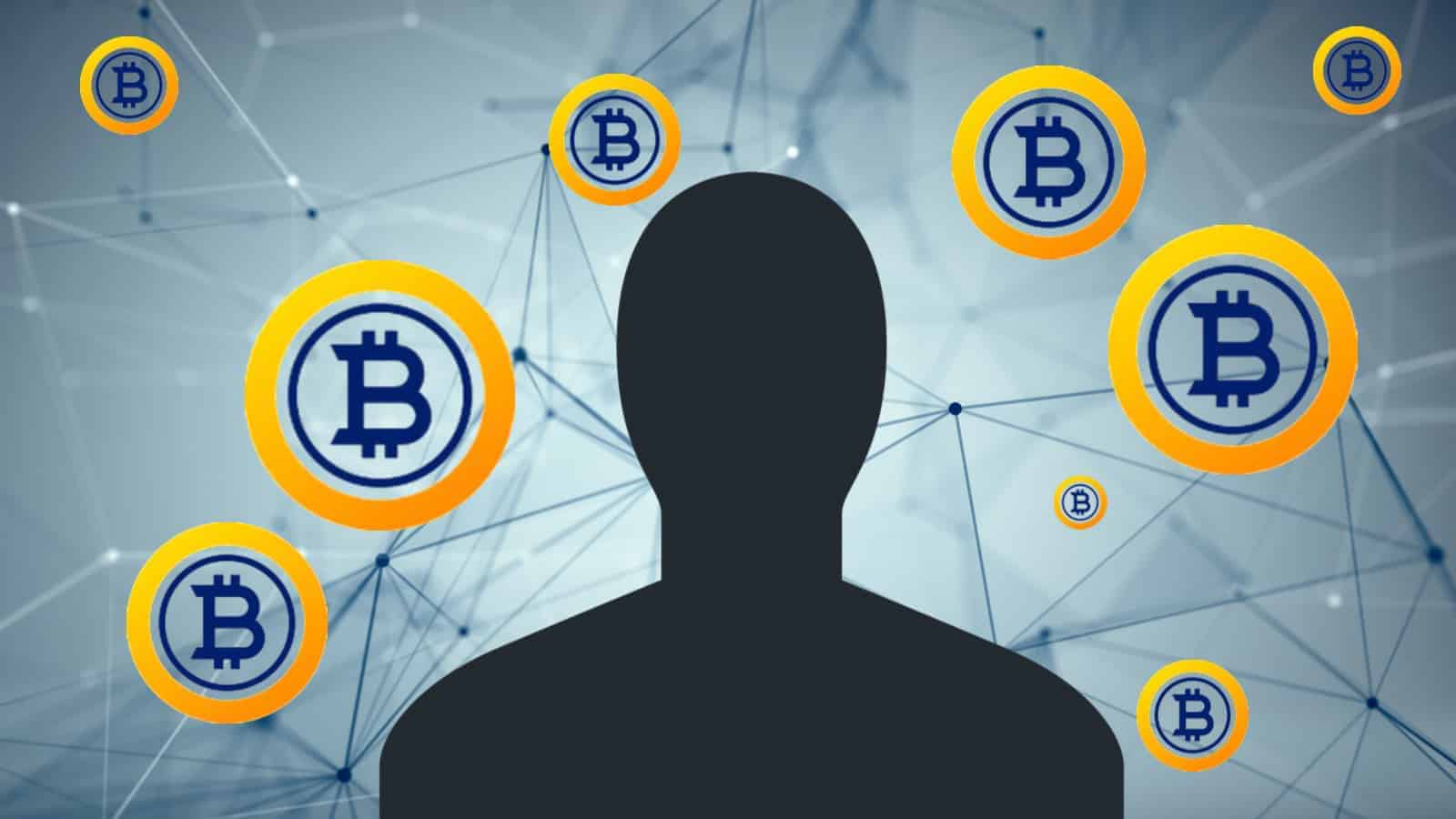
There’s a trail of breadcrumbs out there, left behind by whoever Satoshi Nakamoto is or was. But the interpretations of what those breadcrumbs mean is a different business altogether. The truth may be out there. But whether the traces it left behind can be assembled into a meaningful, indisputable whole remains to be seen. The proof is in the cryptographic pudding, but who can make sense of it?
Again, we don’t know the human being behind the pseudonym Satoshi. But we do know which public keys are the oldest on the Bitcoin blockchain. Those first public keys, engraved on the first block of the Bitcoin peer-to-peer ledger: they have to be Nakamoto’s.
So that’s one of the best places to begin a hunt for Nakamoto. The beginning of the blockchain. If you can figure out who those public keys, indelibly part of Bitcoin’s blockchain ledger, belong to, then you can begin to draw a web of associations that could, maybe, lead you to Satoshi Nakamoto in the flesh.
Who Is Satoshi Nakamoto? A Reclusive Hungarian-American?
One of the closest people to the early, heady days of Bitcoin is the Hungarian-American Nick Szabo. Szabo denies he is Satoshi. But he did make major contributions to the Bitcoin project. A computer programmer and entrepreneur, Szabo founded one of Bitcoin’s early predecessors, a now-forgotten crypto called bitGold (BITGOLD).
Many people think Szabo was, at the very least, involved in the creation of Bitcoin. He may not have done it all on his own. But if this theory is true, then Szabo could be part of a collective that goes by the name Satoshi Nakamoto. The striking parallels between the concepts behind bitGold and those that went into Bitcoin make it hard to deny that Szabo knows who Satoshi really is.
Then again, he could be Satoshi himself. Or at least a person who wrote some of Nakamoto’s emails. Many have pointed out the similar turns of phrase and common writing mannerisms—called “stylometry”—between Szabo’s writings about bitGold and Satoshi’s about Bitcoin.
Satoshi Nakamoto Is the U.S. Government!
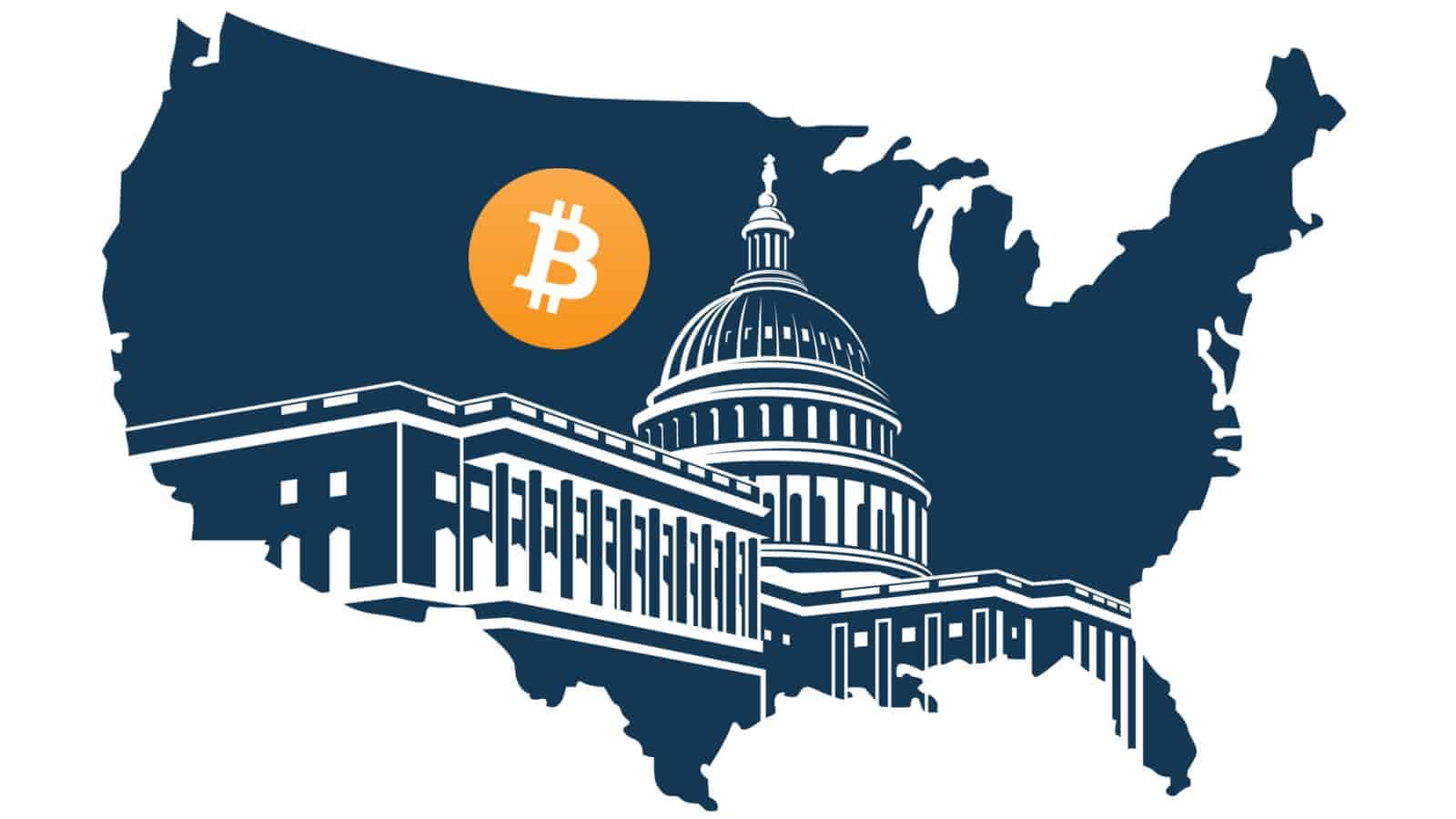
At this point, you’d be justified in thinking that Satoshi is very good at staying anonymous. Almost too good. Who would go through such lengths to keep their identity a secret? And why?
Furthermore, who, in this age of mass surveillance and data mining, has the skills to stay in the shadows, especially when so many are keen to uncover their identity? That kind of operational security could be within the realm of a genius programmer’s abilities. Or, it could be professional training.
Thus another conspiracy theory holds that Satoshi Nakamoto is indeed a fake name. But one deployed by operators inside the U.S. government, notably the Central Intelligence Agency (CIA).
It’s certainly one way to add up the evidence. Whoever the originator of Bitcoin is, their accounts are still online, on the blockchain and active. Today, they hold more than 1 million BTC, or about $6.4 billion. This excludes the Bitcoin U.S. Marshalls have seized from crypto fraud.
Given how Bitcoin works, through a proof-of-work system, 1 million BTC requires an extraordinary amount of computing power, way more than a single individual could reasonably be assumed to possess.
Does the U.S. Gov Control Bitcoin and Banks?
Given that fact, one popular conspiracy theory is that Satoshi Nakamoto is a state actor, probably CIA or NSA. The CIA and the NSA have access to the immense computing resources required to maintain such a sizable chunk of the blockchain. Those accounts belong to whoever controls all those trusted nodes.
Then, there’s the timing element. Bitcoin went live just after the 2008 financial meltdown when trust in central banks and other centralized authorities were at a historic low. A decentralized financial system that made such central authorities irrelevant was a compelling concept, especially in 2008. Did the U.S. government release Bitcoin after the 2008 financial crash? And does it now control both the stock market and the cryptocurrency market?
Is Satoshi A Foreign State Actor?

Related to the CIA/NSA theory is a similar one that posits Nakamoto is really a state actor in Russia or China, countries that are applying blockchain but not cryptocurrency.
If this were the case, and it’s a strong possibility, then there would be a tremendous incentive for U.S. intelligence services to know who/what Satoshi Nakamoto is and who they work for. Given the significance of Bitcoin, and the billions of dollars at its creator’s disposal, U.S. intelligence could determine that Bitcoin might be weaponized against U.S. economic interests.
Is Satoshi the Australian Entrepreneur Craig Wright?
Typically, people who ask someone if they’re Satoshi are met with strong denials and deflections. But Australian entrepreneur Craig Wright has done the opposite. He has claimed publicly that he is, in fact, the inventor of Bitcoin. Those claims came after exposes by Wired and Gizmodo published identified Wright as the mysterious Satoshi.
But for as much as the crypto community is yearning for an answer to the riddle, who is Satoshi Nakamoto, it’s always the first to poke holes in the evidence supporting any theory or claim about who the Bitcoin inventor really is.
In Wright’s case, that skepticism quickly turned into an avalanche of doubt. It didn’t take long for Wright to cave under the pressure. And he ghosted, ironically, a lot like Satoshi. Deleting his blog and posting a brief apology on his homepage, Wright said he simply didn’t have the courage to try and prove his case. But the evidence could do it for him if it all just isn’t a hoax as elaborate as Bitcoin’s math.
Who Is Satoshi Nakamoto? The Search Continues…
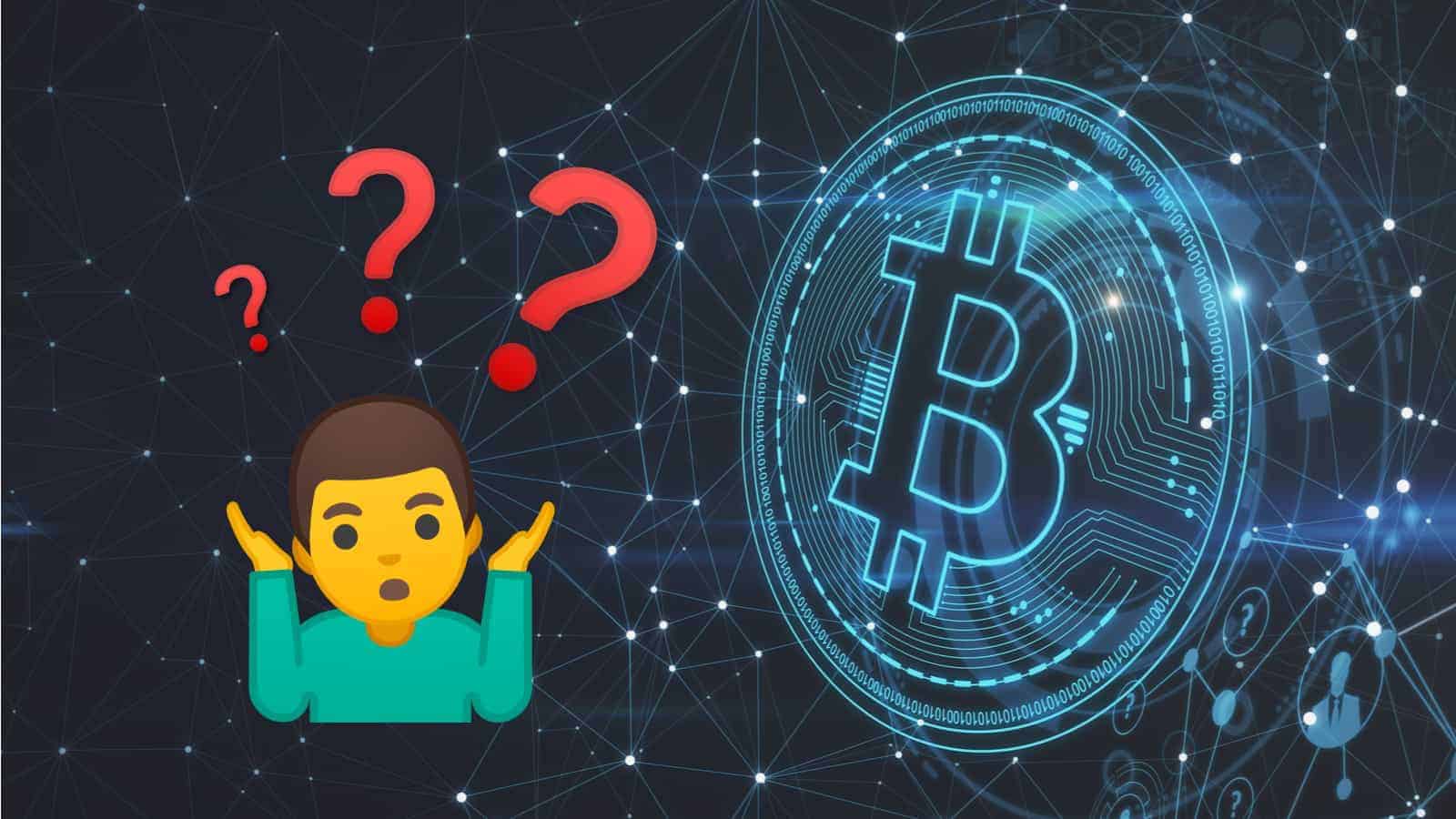
Confronted with an apparently unsolvable mystery, plenty of people will try to say that the real identity of Satoshi Nakamoto doesn’t really matter. But that’s just wishful thinking. It may make a certain sense that a trustless, decentralized concept was born out of the mind of someone, or someones, who refuses to be the leader or authority figure. The truth, however, is that the answer to “who is Satoshi Nakamoto” matters.
It matters because that person (or persons) controls $6.4 billion worth of BTC. A decision to dump all that quickly would sound the death knell of Bitcoin as we know it. And it matters because Bitcoin isn’t just a computer science project. It’s also an ideological and political project. What are Satoshi Nakamoto’s views, principles and convictions? How have they and how will they continue to shape the course of crypto’s future, especially once we’ve mined all the Bitcoin?
Today, Bitcoin is very different than it was back in 2009. And at this point, all the blockchain code currently running has been developed by programmers whose identities we do know. In other words, what Satoshi created originally, others have taken up and modified. That’s what open source is. Is Satoshi still out there? Have they really “moved on to other things?” Or do they still exact a quiet, anonymous influence on cryptocurrency? We may never be able to answer, who is Satoshi Nakamoto? Then again, the quest for the truth may just be the truth itself.

